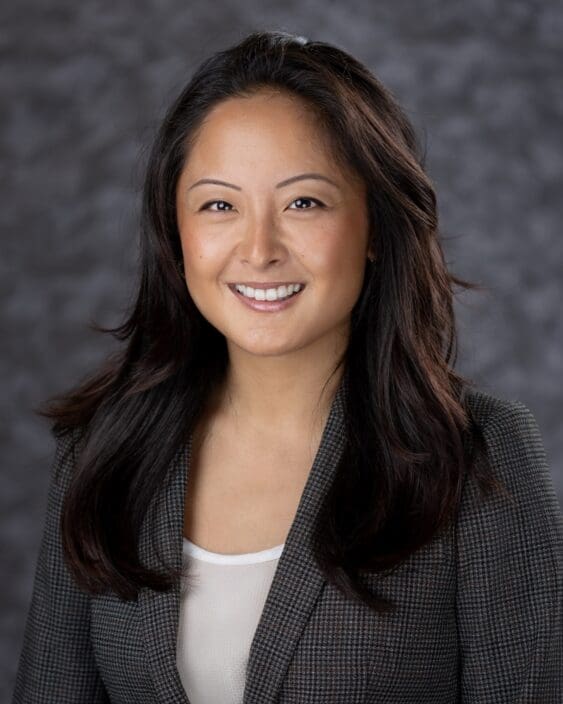
Miramar Eye Specialists Medical Group
Miramar Eye Specialists in Oxnard
Cataract Surgery Experts in Oxnard, CA
Our Oxnard clinic specializes in laser-assisted cataract surgery, providing top-quality care to restore clear vision. Cataract surgery addresses the clouding of the eye’s natural lens, which can cause blurred vision and glare.
Our experienced surgeons use advanced laser technology to remove the cataract and replace it with an artificial intraocular lens (IOL). This procedure not only improves visual clarity but also enhances overall vision quality.
We offer a range of premium intraocular lens options (including multifocal and light-adjustable lenses) to cater to individual visual needs and lifestyles. Our personalized care ensures that each patient receives the most suitable treatment, leading to optimal results and a smooth recovery process.
Intraocular Lens Types for Cataract Surgery
| Intraocular Lenses (IOL) | Zones of Clear Vision Without Glasses | Spectacle Independence |
|---|---|---|
| Monofocal | One focal zone of clear vision without glasses. Usually set for distance vision. | Provides clear vision at a specific distance, typically distance vision. One or two pairs of glasses will be required to for clear vision in the other two depths of focus, such as near and intermediate vision. |
| Multifocal | Multiple focal zones (near – intermediate – far) with clear vision or continuous range of clear intermediate-distance vision. | Reading glasses for very fine print. Bifocals may require glasses for medium-distance activities |
| Accommodating | Clear intermediate and distance vision. | Reading glasses for close vision tasks depending on the IOL model. |
| Toric Lens | Clear distance vision with monofocal toric iols. Multiple focal zones or extended range of clear vision with multifocal IOLs. | One or two additional pairs of glasses for near and intermediate vision unless the toric lens is also multifocal. Patients with multifocal toric lenses might still require reading glasses to read fine print. |
| Light Adjustable Lenses | The LAL has one focal point that is tailored to the patient’s visual needs. It provides clear vision at their desired distance. The more advanced LAL+ has one focal point of clear vision with a small extended depth of focus. | One or two additional pairs of glasses to provide clear vision outside the customized focal point. |
Ophthalmology Services for All Your Eye Care Needs in Oxnard, CA
In addition to surgical interventions, we provide comprehensive ophthalmology services to address all your eye care needs.
From routine eye exams and vision screenings to the diagnosis and management of conditions like glaucoma, macular degeneration, and diabetic retinopathy, our team is equipped to handle it all. We also offer treatments for chronic dry eye, eye infections, and allergies.
Schedule an appointment at our Oxnard clinic to receive the most effective and appropriate treatment for your eye health needs.
Miramar Eye Specialists Medical Group in Oxnard, CA
At the Oxnard Miramar Eye Specialists Medical Group, we strive to deliver cutting-edge specialist care while maintaining compassion and personalized attention for our patients.
We offer cataract surgery, LASIK surgery and several other vision correction procedures, as well as surgical and medical treatment of eye conditions and diseases.
LASIK Eye Surgery & Other Corrective Surgeries
Our clinic offers a range of surgical procedures to correct vision errors, including LASIK eye surgery. LASIK is a popular choice for correcting nearsightedness, farsightedness, and astigmatism, providing quick recovery and immediate improvement in vision.
We also offer other advanced surgeries such as PRK, SMILE, and EVO ICL, catering to patients with specific needs or those who may not be suitable candidates for LASIK.
Not sure if LASIK is right for you?

99% SUCCESS RATE 99% of NVISION patients see 20/20 or better after LASIK

RAPID RECOVERY Resume your normal activities in 24 hours

COMFORT-FOCUSED LASIK is virtually painless and completed in minutes
Miramar Eye Specialists Medical Group
1901 Solar Dr #155Oxnard, CA 93036
Mon - Fri: 8 AM - 5 PM
Saturday: Closed
Sunday: Closed
Hurry, Offer Ends Soon
Book now for $1,000 off LASIK* + Enjoy Easy and Fast LASIK Financing**
Vision Correction Procedures in Oxnard
Today's life-changing procedures make it possible to improve your vision to 20/20—or better.
LASIK Eye Surgery
LASIK eye surgery is a safe, highly effective solution to correct vision and eliminate the need for glasses or contacts. At NVISION, our expert surgeons use state-of-the-art technology and advanced techniques to deliver exceptional results and have you back to your routine quickly.
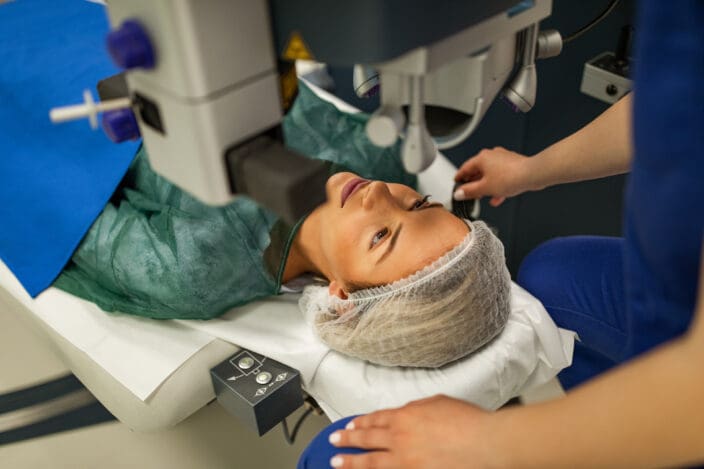
Cataract Surgery
Cloudy vision holding you back? Our advanced cataract surgery, featuring laser-assisted technology and lifestyle lenses, can restore your sight and help you enjoy life’s moments clearly again.
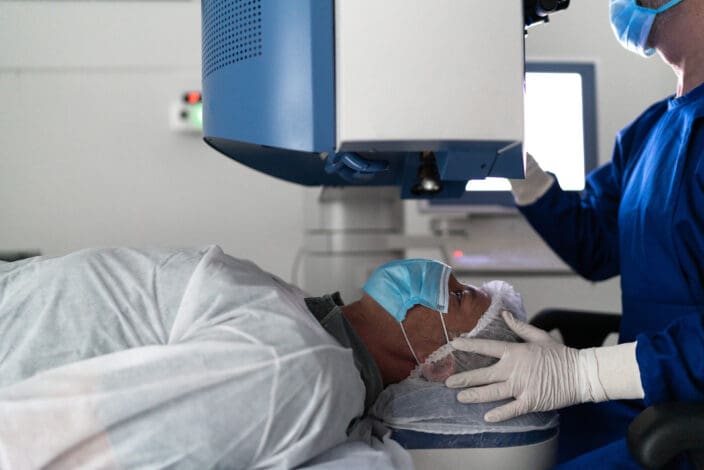
iDose® TR Glaucoma Treatment
iDose® TR is a micro-sized implant that provides a continuous release of glaucoma medication directly inside your eye. This ensures 24/7 eye pressure control – it’s so effective that 8 out of 10 patients don’t need glaucoma drops anymore.
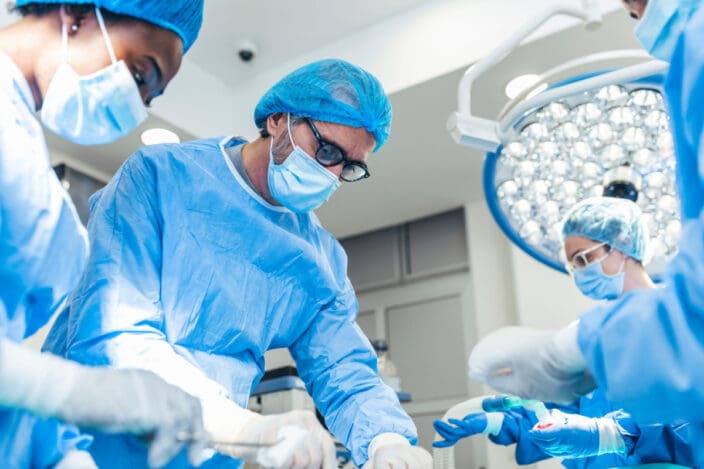
Other Procedures
Lifestyle Lenses
Lifestyle lenses are a premium lens option that offers a more functional range of vision, and are designed to reduce the need for distance and reading glasses.
We offer the latest and most advanced lifestyle lens on the market.
PRK Surgery (Photorefractive Keratectomy)
What is PRK Surgery?
PRK Surgery (Photorefractive Keratectomy) is a type of laser eye surgery that is used to correct refractive errors such as nearsightedness (myopia), farsightedness (hyperopia), and astigmatism. PRK is an alternative to LASIK eye surgery and is particularly suitable for individuals who may not be candidates for LASIK due to certain corneal characteristics.
Overview of the PRK surgery process:
- Corneal Epithelium Removal:
- In PRK, the surgeon begins by removing the thin outer layer of the cornea called the epithelium. This can be done using an alcohol solution, a special brush, or a laser.
- Laser Reshaping of the Cornea:
- Once the epithelium is removed, a laser is used to precisely reshape the cornea. The laser ablates or removes microscopic amounts of corneal tissue based on the patient’s refractive error. The goal is to correct the curvature of the cornea and improve the focus of light on the retina.
- Healing Process:
- Unlike LASIK, where a corneal flap is created, PRK does not involve creating a flap. Instead, the corneal surface is allowed to regenerate naturally. The healing process involves the growth of new epithelial cells over the treated area.
- Post-operative Care:
- Following PRK surgery, patients are given medicated eye drops to aid in the healing process and prevent infection. Recovery may take a bit longer compared to LASIK, and patients may experience temporary discomfort during the initial days.
Key considerations for PRK surgery include:
- Corneal Thickness: PRK may be a suitable option for individuals with thinner corneas who may not be ideal candidates for LASIK.
- Occupational Considerations: PRK may be recommended for individuals with occupations or lifestyles that carry a risk of corneal injury, as it eliminates the creation of a corneal flap.
- Healing Time: The initial visual recovery may take longer with PRK compared to LASIK. Patients typically experience optimal vision several weeks after the procedure.
PRK is a well-established and effective procedure for vision correction, and its suitability depends on individual factors. It’s important to consult with an experienced refractive surgeon or eye care professional to determine the most appropriate laser eye surgery option based on your eye health and lifestyle.
Refractive Lens Exchange (RLE)
Refractive lens exchange (RLE), is when a clear lens is implanted to replace your eye’s natural lens to correct your vision.
This procedure is often used for pre-cataract patients, as a preventative vision correction solution. Refractive lens exchange (RLE) can also correct nearsightedness, farsightedness, and astigmatism.
Pterygium Surgery
Pterygium surgery is performed under topical anesthesia on an outpatient basis.
Corneal Collagen Crosslinking (CXL)
Keratoconus is a progressive disease of the cornea. With collagen cross-linking (CXL), you can halt the progression of keratoconus by strengthening your cornea.
Laser Blepharoplasty
Laser blepharoplasty eye surgery, also known as laser eyelid surgery, is a surgical procedure to rejuvenate eyelid tissues (skin, muscle, or fat). Blepharoplasty is performed for both cosmetic and vision correction purposes. NVISION has an eye clinic to help address your needs – Book a consultation today.
Brow Lift
A brow lift, also known as a forehead lift or browplasty, is a surgical procedure performed to rejuvenate the appearance of the forehead, eyebrows, and upper eyelids by raising the eyebrows and reducing the appearance of wrinkles, lines, and sagging skin in the forehead region.
During a brow lift procedure, the surgeon makes incisions either along the hairline or within the natural creases of the forehead. Through these incisions, the underlying forehead muscles and tissues are accessed and adjusted to elevate the eyebrows to a more youthful position and smooth out wrinkles and creases in the forehead area.
There are different techniques for performing a brow lift. The choice of technique depends on factors such as the patient’s anatomy, aesthetic goals, and the extent of correction required.
Brow lift surgery can effectively address a variety of concerns, including drooping eyebrows, forehead furrows, frown lines, and hooding of the upper eyelids. By restoring a more youthful and refreshed appearance to the upper face, a brow lift can help improve self-confidence and overall facial harmony.
As with any surgical procedure, there are potential risks and complications associated with brow lift surgery, including temporary numbness, swelling, bruising, and scarring. However, when performed by a skilled and experienced surgeon, brow lift surgery can achieve natural-looking results and provide long-lasting facial rejuvenation.
Pediatric Strabismus Surgery
Pediatric strabismus surgery is a procedure aimed at correcting misalignment of the eyes in children. Strabismus, commonly known as crossed eyes or squint, occurs when the eyes are not properly aligned and do not move together as a team. This condition can lead to double vision, reduced depth perception, and visual impairment if left untreated.
Pediatric strabismus surgery is considered safe and effective in correcting eye misalignment and improving visual function in children. However, as with any surgical procedure, there are risks and potential complications, including over- or under-correction of the misalignment, double vision, and infection. Close follow-up with an ophthalmologist or pediatric ophthalmologist is essential to monitor the child’s progress and ensure optimal outcomes. Additionally, vision therapy or orthoptic exercises may be recommended following surgery to help improve eye coordination and binocular vision.
Glaucoma Surgery
Glaucoma surgery encompasses various surgical procedures aimed at reducing intraocular pressure (IOP) to prevent or slow down the progression of glaucoma—a group of eye conditions characterized by damage to the optic nerve, often associated with elevated IOP.
There are several types of glaucoma surgery, including:
1. Trabeculectomy: This is one of the most common surgical procedures for glaucoma. During a trabeculectomy, a small flap is created in the sclera (the white part of the eye), allowing aqueous humor (the fluid inside the eye) to drain out of the eye and reduce IOP. Sometimes, a small device called a shunt or a drainage tube may be used to facilitate drainage.
2. Glaucoma Drainage Implants: Also known as glaucoma shunts or tubes, these devices are implanted into the eye to help drain aqueous humor and lower IOP. They are often used when other forms of glaucoma surgery, such as trabeculectomy, have not been successful.
3. Minimally Invasive Glaucoma Surgery (MIGS): MIGS procedures are a newer category of glaucoma surgery that aim to reduce IOP through minimally invasive techniques with shorter recovery times and fewer complications compared to traditional surgeries. Examples of MIGS procedures include trabecular micro-bypass stents and canaloplasty.
4. Laser Surgery: Various laser procedures, such as selective laser trabeculoplasty (SLT), laser peripheral iridotomy (LPI), and cyclophotocoagulation, are used to lower IOP by improving the outflow of aqueous humor or reducing its production.
The choice of glaucoma surgery depends on factors such as the type and severity of glaucoma, the patient’s overall health, and the surgeon’s preference and expertise. The goal of glaucoma surgery is to reduce IOP and preserve vision by preventing further damage to the optic nerve. However, it is important to note that while glaucoma surgery can help manage the condition, it may not always restore lost vision. Patients should discuss the potential risks, benefits, and alternatives of glaucoma surgery with their ophthalmologist or glaucoma specialist to determine the most appropriate treatment plan for their individual needs.
ENTROPION/ECTROPION
Entropion and ectropion are both eyelid conditions that involve the abnormal positioning of the eyelid margin, leading to irritation, discomfort, and in some cases, vision problems.
1. Entropion: Entropion occurs when the eyelid margin turns inward, causing the eyelashes and skin to rub against the cornea and conjunctiva (the clear membrane covering the white part of the eye). This can lead to symptoms such as eye redness, irritation, tearing, and blurred vision. Entropion is commonly caused by age-related changes to the eyelid tissues, scarring from injury or surgery, or underlying conditions such as trachoma or Bell’s palsy.
2. Ectropion: Ectropion occurs when the eyelid margin turns outward, exposing the inner surface of the eyelid and the conjunctiva to the environment. This can lead to symptoms such as eye dryness, irritation, tearing, and sensitivity to light. Ectropion may also cause cosmetic concerns, as the lower eyelid may appear droopy or sagging. Ectropion is commonly caused by age-related weakening of the eyelid tissues, scarring from injury or surgery, or conditions such as facial nerve palsy or skin disorders.
Both entropion and ectropion can be treated with surgical correction to reposition the eyelid margin and restore normal eyelid function. The specific treatment approach will depend on the underlying cause of the condition, the severity of symptoms, and other factors such as the patient’s overall health and preferences. It is essential for individuals experiencing symptoms of entropion or ectropion to consult with an ophthalmologist or oculoplastic surgeon for evaluation and appropriate management.
Insurance Plans and Payment Options
At NVISION Eye Centers, we strive to make managing your care as easy as possible. In addition to working with many insurance providers, we offer a convenient online payment option for your bills. Click here to pay your bill online.
Below, you’ll find a list of the insurance companies we currently accept at this location. If your provider is not listed, please give us a call—NVISION frequently adds new insurance companies and offers many out-of-network options.
- Aetna
- Blue Cross
- Blue Shield
- Cigna
- Medicare
- MES
- Triwest
- VSP
- CompBenefits
- Coventry
- EYEMED
- Foundations for Medical Care
- Galaxy
- Health Service Group of California
- Healthnet
- Medi-Cal
- Multiplan/PHCS/Beech Street
- Railroad Medicare
- Spectera
- Superior
- US Dept. Of Labor
- United Healthcare/Pacificare
- V.C.H.C.P.
- V.C.H.O.
Surgeons at Miramar Eye Specialists Medical Group

William L. Trotter, M.D. is a board certified ophthalmologist trained in general comprehensive ophthalmology with added expertise in cataract and refractive surgery. He is a Fellow of the American Academy of Ophthalmology and the American Society of Cataract and Refractive Surgery.
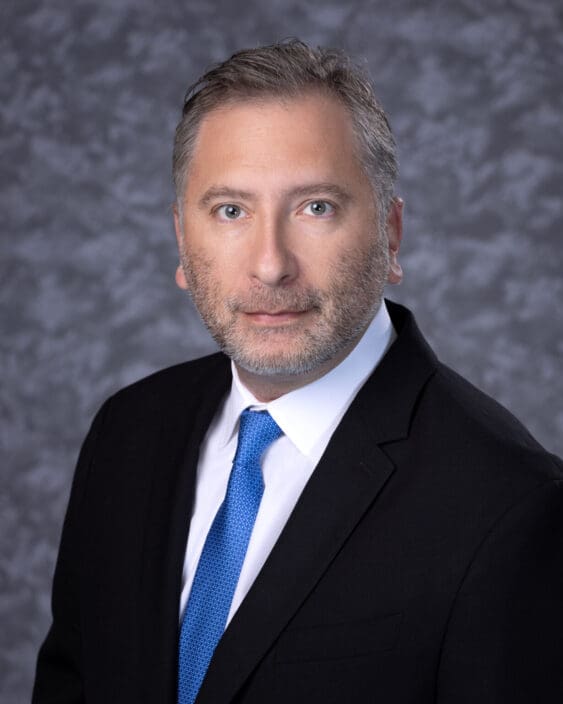
Dr. Roberto Roizenblatt received his medical degree from the University of Sao Paulo in Brazil. He went on to complete an internship in Internal Medicine at Jacobi Medical Center in New York, followed by successfully completing two residencies in ophthalmology at the Federal University of Sao Paulo and later at the University of California, Irvine.
Cataract Surgery, LASIK & more
At NVISION® Eye Centers, we provide life-changing results, an exceptional experience, and a lifetime commitment to your LASIK vision correction.
- Industry-leading surgeons and vision outcomes with more than 2 million successful procedures
- The most advanced laser and diagnostic technology available
- Financing available – no down payment, zero or low interest, low monthly payments
- Free LASIK consultations
- Use your FSA/HSA balance toward LASIK before it expires in December
Location – Oxnard eye clinic
Miramar Eye Specialists Medical Group in Oxnard, California
1901 Solar Dr #155, Oxnard, CA 93036
(805) 278-0057
